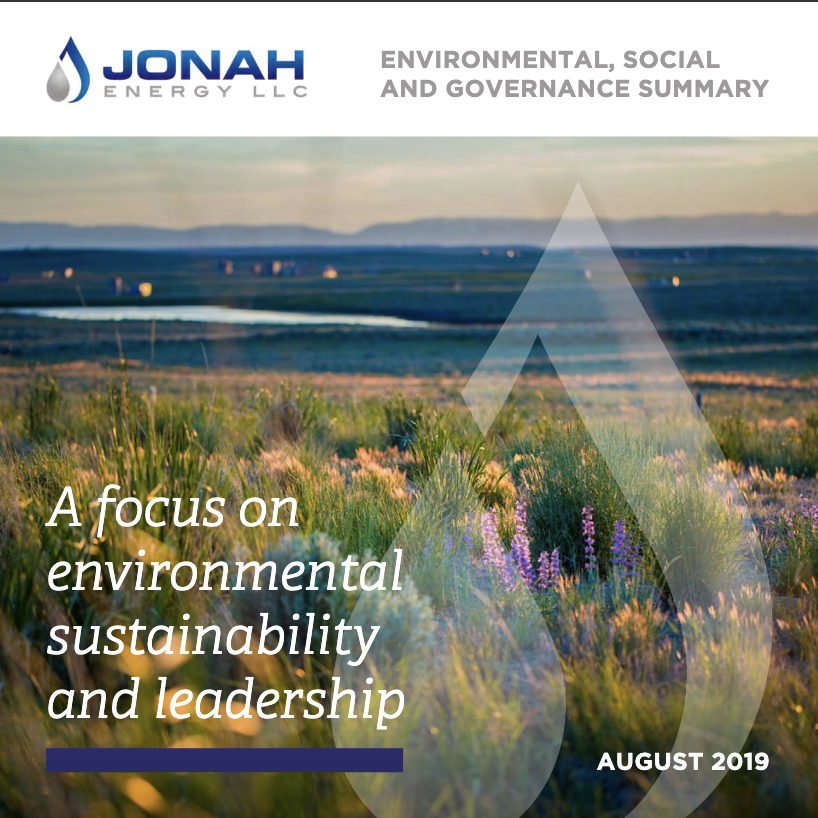Tips for Community Impact Reports

How do your stakeholders know that your organization is acting responsibility for the community and environment (both ecological and social) in which your organization operates? The answer is they don’t unless you tell them.
Community impact reports are a must-have for businesses and nonprofits alike. They communicate with your stakeholders/shareholders, boards, current/prospective employees and the community the what, how, when – and most importantly – the why of your CSR program. Community impact reports also provide great content to leverage across multiple communication channels on- and off-line to extend your marketing efforts throughout the year. Additionally, they help build a business case for your programs and future budget.
Creating a Community Impact Report
At GroundFloor Media and our sister agency CenterTable, we continue to see the evolution of community impact reports with our clients and partners. But developing a community impact report can be challenging, time-consuming and often described as a labor of love. However, preparing for a community impact report can be simplified. Here are a few tips:
Set Up for Success
- Determine your CSR goals, measurement and reporting processes early
- Stay on top of your data throughout the year
- Develop smaller scale quarterly reports which can then be compiled into a year-end report
- Know your audience – who will the report be targeting? For example, will your community impact report be targeting board members/shareholders, customers, the general public, donors, etc.?
- With your target audience in mind, determine how you want to reveal your value to this audience. What might not be obvious to this audience?
- Finalize your content including visuals (graphics/photos) and data before sending your project to a designer
Things to Consider
- Photos – photography needs to be print quality and captivating; if you don’t have quality photos you need to budget for stock photography – but know this can impact the look and feel of your report
- Quantify your data – a lot of times organizations will share data that makes sense to them but doesn’t make sense to their audience – your data needs to be digestible to someone who has no idea of what you do
- Report size – your finished size will dictate how much content you need and how your content will flow. For example, if what you really need is something to share at community events it might need to be a small brochure/flyer versus a 16-page report.
- Quotes – testimonials are always good and fun to share but keep them to two sentences maximum
Community Impact Report Examples
- COGA Community Impact Report
- Global Livingston Institute Annual Report
- PDC CSR Report
- Tennyson Center for Children Annual Report
- GroundFloor Media and CenterTable Community Impact Report
Amy Moynihan is a Senior Director of Communications at GroundFloor Media, where she leads the firm’s cause marketing for Corporate Social Responsibility programs. With more than 20 years of experience, Amy is a creative thinker, enjoys finding and telling compelling stories and has a passion for building long-term brand engagement programs for clients.
Ben Hock is the Director of Creative Services at CenterTable. He helps clients turn their data and information into cohesive reports that effectively showcase their impact.



